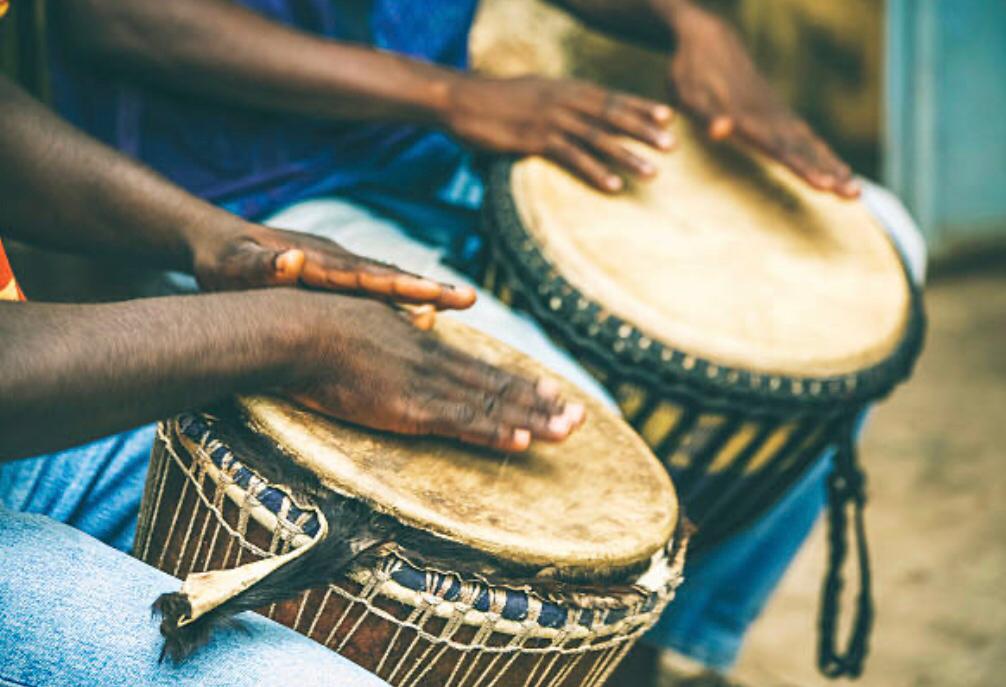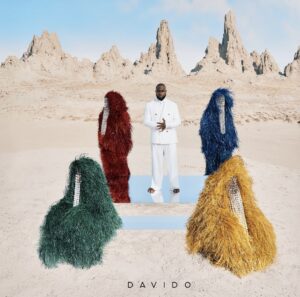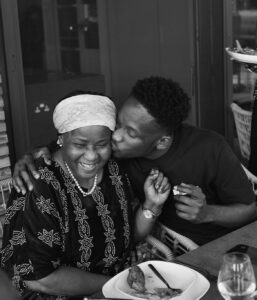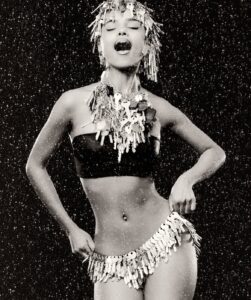The evolution of music in Nigeria has been a long and winding road. From traditional folk music to contemporary pop, Nigeria has had its finger on the pulse of popular culture for more than a century.
The evolution of music in Nigeria traces back to the pre-colonial era. It is important to note that there were many tribes in Nigeria before the arrival of Europeans, and they all had their own traditional music. Nigerian music over the years has been a combination of western and indigenous music coming together to form a unique sound; its history and generational shifts are the focus today. This is the history lesson you didn’t know you needed.
The first phase of Evolution in Nigerian music was traditional folk music.
Before the arrival of Europeans, Africans would sing and dance to praise their gods and ancestors. They would also use drums, gongs, and other instruments to accompany their songs. These traditional songs were usually passed down through generations orally, while some were written. There were different songs for different occasions, songs for ceremonies, gaming activities, farming, etc. There were lullabies for babies and also songs kids sang during their recreational activities, some of which you still hear amongst children today. I can still remember a couple of them from my childhood days.
The earliest documented form of music in Nigeria dates back to the use of natural materials to make instruments. Some say the Igbos were among the first people in Africa to play instruments like flutes and drums. Yoruba traditional music was more associated with their religious beliefs and events. Some of these Instruments include: The “shekere” (a percussion instrument made with dry gourd and beads to give shaker sounds). “Gangan”( talking drum), and “agogo” (bell) which were used to sing praises to gods and deities during festivals and celebrations.
Yorubas also had folklores in the form of music to tell stories and parables.
The Hausas, on the other hand, had their style of music highly influenced by Arabian culture and Islam. They used percussion and instruments like the Kakaki, which is an elongated trumpet. For those who used to watch AIT (African Independent Television) news, you would have seen this instrument. Several other ethnic groups in Nigeria have their own unique styles of traditional music and this has influenced the evolution of their music in recent times.
The second phase: Colonial and Western influences
In the early 1900s, gospel music became popular among Christians living in Yorubaland. This was made possible because most Nigerian traditional music was associated with religious activities. This, I believe helped in consolidating the colonial influence in our music and lifestyle. Growing up in religious Nigerian homes will have you switching the names of the local deities in songs that were used to praise them and inserting the name of God for reverence.
Palmwine Music
Musical instruments which include pianos, stringed instruments, and brass were introduced into African culture. The local people became interested in these new instruments and started using them in their traditional music. This gave birth to styles like palm-wine music. I like to call it “Beer Parlor Music” because those were the places where I would hear those songs blasting through speakers in dimly lit spaces with multiple colored lights, Nigerian pepper soup, and beer going around with jokes and dancing. Nostalgic!
Juju and apala
This brought music genres like juju, coined by Baba Tunde King, who sang the popular song “Oba Oyinbo”. Some other pioneers included Tunde Nightingale, who sang “Na Poor A Poor”. I.K. Dairo, a notable Juju musician, used his modern innovation in the ’50s to bring new sounds and dimensions to the style and this earned him recognition both at home and abroad.
Haruna Ishola created another kind of music in the 1930s called Apala. He fused elements of the “area” and “Oshugbo” styles of music that were present in Lagos and Abeokuta in his songs. “Apala Disco” and “Kise tenu” are some of his popular works.
Meanwhile, in the Eastern part of the country, the Highlife style of music was already growing and making waves. With its origin associated with Ghana, Nigerians were able to tap into this sound. It became widely recognized especially in the 60s post-independence.
Other genres, post-independence will be discussed in the next part of this series





